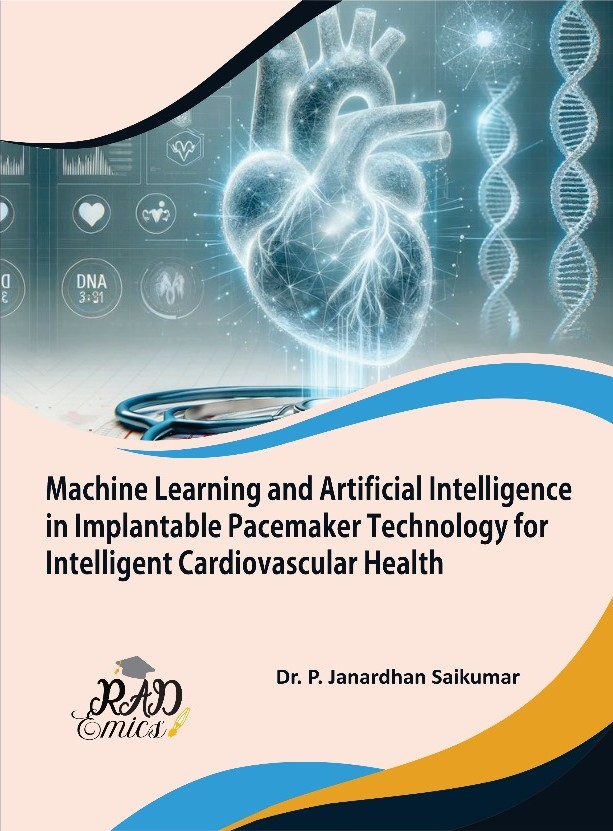
Abstract
The integration of artificial intelligence into remote pacemaker monitoring frameworks represents a significant advancement in cardiac care, enabling continuous oversight of device function and patient cardiac rhythms outside traditional clinical settings. Conventional follow-up methods, limited by periodic in-clinic visits, may overlook subtle anomalies or transient malfunctions that could pose serious risks if undetected. AI-based anomaly detection systems offer the capability to automatically analyze complex telemetry data streams, identify deviations from expected patterns, and generate timely alerts that support proactive intervention. This chapter explores the foundational principles, signal processing techniques, and machine learning methods that underpin anomaly detection in pacemaker telemetry. It also examines the role of edge and cloud-based system architectures, hardware-software co-design, real-time data pipelines, and secure communication protocols necessary for reliable deployment. Special attention is given to explainability, interpretability, and integration with electronic health records to ensure clinical acceptance and trust. Ethical, regulatory, and privacy considerations are discussed to highlight the importance of robust governance frameworks. By addressing technical, clinical, and societal challenges, this chapter outlines a roadmap for developing next-generation AI-driven alert systems that advance patient safety and enable more responsive, data-driven remote cardiac care.
Introduction
Cardiac pacemakers have long served as a lifeline for patients suffering from arrhythmias and conduction system disorders [1], restoring and maintaining stable heart rhythms that prolong life and enhance daily functioning. As these devices evolve [2], so too does the demand for more sophisticated methods to ensure their safe and reliable operation throughout a patient’s lifetime [3]. Conventional follow-up protocols typically rely on scheduled clinic visits, during which device status and cardiac data are reviewed [4]. While these check-ups are indispensable, they are inherently limited by their episodic nature and the potential for clinically relevant anomalies to arise undetected between visits [5].
The emergence of remote monitoring has reshaped this landscape by enabling continuous or near-continuous surveillance of pacemaker performance and patient-specific cardiac rhythms outside the hospital setting [6]. Modern pacemakers are equipped with telemetry capabilities that transmit vital information about device function [7], lead integrity, battery status, and patient heart activity to healthcare providers [8]. This shift allows clinicians to detect changes in a patient’s condition sooner and intervene more proactively [9]. Remote monitoring reduces unnecessary hospital visits, optimizes resource use, and improves patient quality of life by minimizing disruptions to daily routines [10].
Despite these advances, remote monitoring systems generate vast streams of complex physiological data that often exceed the capacity of manual review by clinicians. Subtle signal variations [11], early signs of arrhythmias, or device malfunctions can be overlooked when detection relies solely on static rules or threshold-based alerts [12]. To address these gaps, artificial intelligence techniquesâ€â€particularly machine learning and deep learningâ€â€are increasingly being integrated into pacemaker monitoring platforms [13]. These methods can process high-volume telemetry data [14], recognize intricate patterns, and flag anomalies that may require clinical attention, often in real time [15].